Presented by AMD
What is parallel processing?
It’s the backbone of the internet and supercomputing – here’s everything you need to know about parallel processing
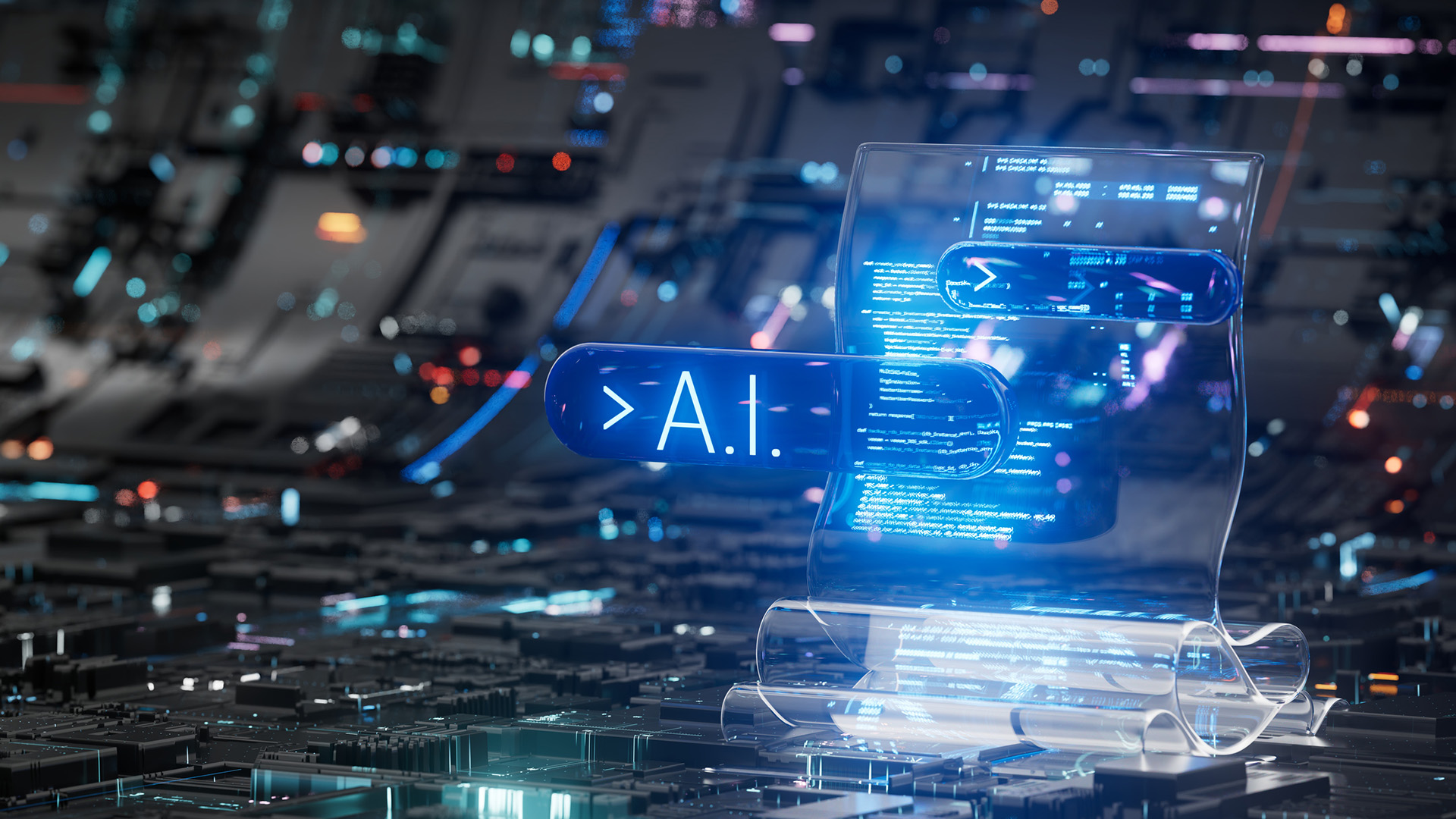
Parallel processing can be traced back to the development of the first mainframe computers. Though it wasn’t until the advent of multi-core processors and distributed computing environments in the late 20th century that parallel processing became an integral part of the modern computing that we know today.
What is parallel processing? In essence, it’s a way of computing at speed, doubling resources by splitting a task into smaller chunks where multiple data processing tasks happen simultaneously through any number of CPUs. It can be as few as two processors or more, but the main purpose is to reduce a program's execution time.
Traditionally, computer software was written for serial computation – an algorithm is developed and implemented as a single, serial stream of instructions – and executed on a CPU in one computer. One execution at a time, one after another.
Serial (or sequential) computing is where instructions for solving computational problems are followed sequentially. Serial computing requires systems to use a single processor rather than sharing the problems across multiple processors.
However, with parallel processing, the problem is broken into independent parts so that the processing elements can be executed at the same time, speeding up the task. What’s more, the processing elements can also be diverse and even include resources, such as networked computers or specialized hardware.
There are a number of different forms of parallel processing, such as ‘bit-level’, which is about increasing word size and reducing the number of instructions that need to be executed.
Why is parallel processing important?
Parallel processing has helped to advance computing speeds to the extent that we have both high-performance computing (HPC) and supercomputing. It is also the reason we can process and analyse the volumes of data needed to develop AI and machine learning programs.
Parallel processing accelerates the training of neural networks by distributing workloads between CPUs and GPUs. In this case, CPUs manage data processing while GPUs handle intensive computations, such as matrix operations and backpropagation. This separation of labor reduces training times and improves efficiency, enabling faster convergence of AI models.
Essentially, AI systems rely on parallel computing for real-time data processing – algorithms run across multiple processors to handle large datasets without bottlenecks. GPU-accelerated computing enhances the speed of AI tasks, enabling real-time decision making in autonomous systems. High-performance networking technologies complement GPUs, ensuring fast data transfer for applications.
Parallel processing is also essentially how the internet works; web servers handle millions of requests all at once by distributing the tasks across multiple processors. Google Search relies on parallel algorithms to index and retrieve information in real-time. The same is true for e-commerce platforms, which use parallel systems to process transactions, manage inventory, and analyse user behavior.
HPC systems use elements together to form a parallel processing grid that can solve problems more quickly. This ability to run trillions of calculations per second can lead to higher overall performance, lower latency, and a higher return on investment (ROI) for your hardware or the instances being used.
Parallel processing is critical for the functionality of HPC systems. They enable complex problems to be broken down, improve speed and efficiency, and enable scalability – this is where they aid supercomputers, which are designed to be scalable. This, in turn, allows us to develop data-intensive systems and applications, such as scientific simulations or weather prediction modeling.
The massive computational demands of weather mapping, where climate patterns are analyzed and simulated, are made possible by parallel processing. Weather models involve complex equations for temperature, pressure, humidity, wind speed, and a number of other variables. With parallel processing, this is broken down into smaller, independent calculations that can be executed on different processors simultaneously.
“Supercomputers extensively use parallel computation techniques by making a network of thousands and thousands of compute devices and sharing all their resources in the network,” Dr Andrew Chen wrote in his research paper, Parallel Computing – Pros and Cons, for Minnesota State University.
Although the paper was created in 2021, the focus areas remain as relevant as ever today. Indeed, Chen noted that with parallel processing, we can implement and test several variables at the same time. In his research, Chen also uses climate modeling as an example.
“Weather, change of season, temperature changes simultaneously [rather] than sequentially,” Chen said. “So, if we are to study these natural phenomena in greater precision, we need suitable computation tools to do so, and parallel computation plays a role to meet this greater precision role. Parallel computation not only increases speed but it also helps to correlate several variables that are affecting the phenomenon at the same”.
Hardware built for parallel processing
For parallel processing, you need hardware with multiple processing units; multi-core CPUs, systems with multiple processors, or even specialized hardware like GPUs, which are specifically designed for parallel processing.
AMD’s multi-core designs are excellent for parallel processing – the company’s CPUs, such as its Ryzen and EPYC chips, and its Instinct GPUs, are designed with numerous cores that allow them to handle multiple tasks simultaneously.
You’ll also find much of its premium hardware in the world’s most famous supercomputer facilities, such as Finland’s LUMI supercomputer, which is powered by around 12,000 AMD Instinct MI250X accelerators and more than a quarter of a million EPYC CPU cores. LUMI is in the top 25 greenest supercomputers of the world, powered entirely by hydroelectric energy.
Other hardware considerations include adequate memory (RAM), which is essential for storing data during parallel processing, and your system requirements.
Sign up today and you will receive a free copy of our Future Focus 2025 report - the leading guidance on AI, cybersecurity and other IT challenges as per 700+ senior executives
Bobby Hellard is ITPro's Reviews Editor and has worked on CloudPro and ChannelPro since 2018. In his time at ITPro, Bobby has covered stories for all the major technology companies, such as Apple, Microsoft, Amazon and Facebook, and regularly attends industry-leading events such as AWS Re:Invent and Google Cloud Next.
Bobby mainly covers hardware reviews, but you will also recognize him as the face of many of our video reviews of laptops and smartphones.
-
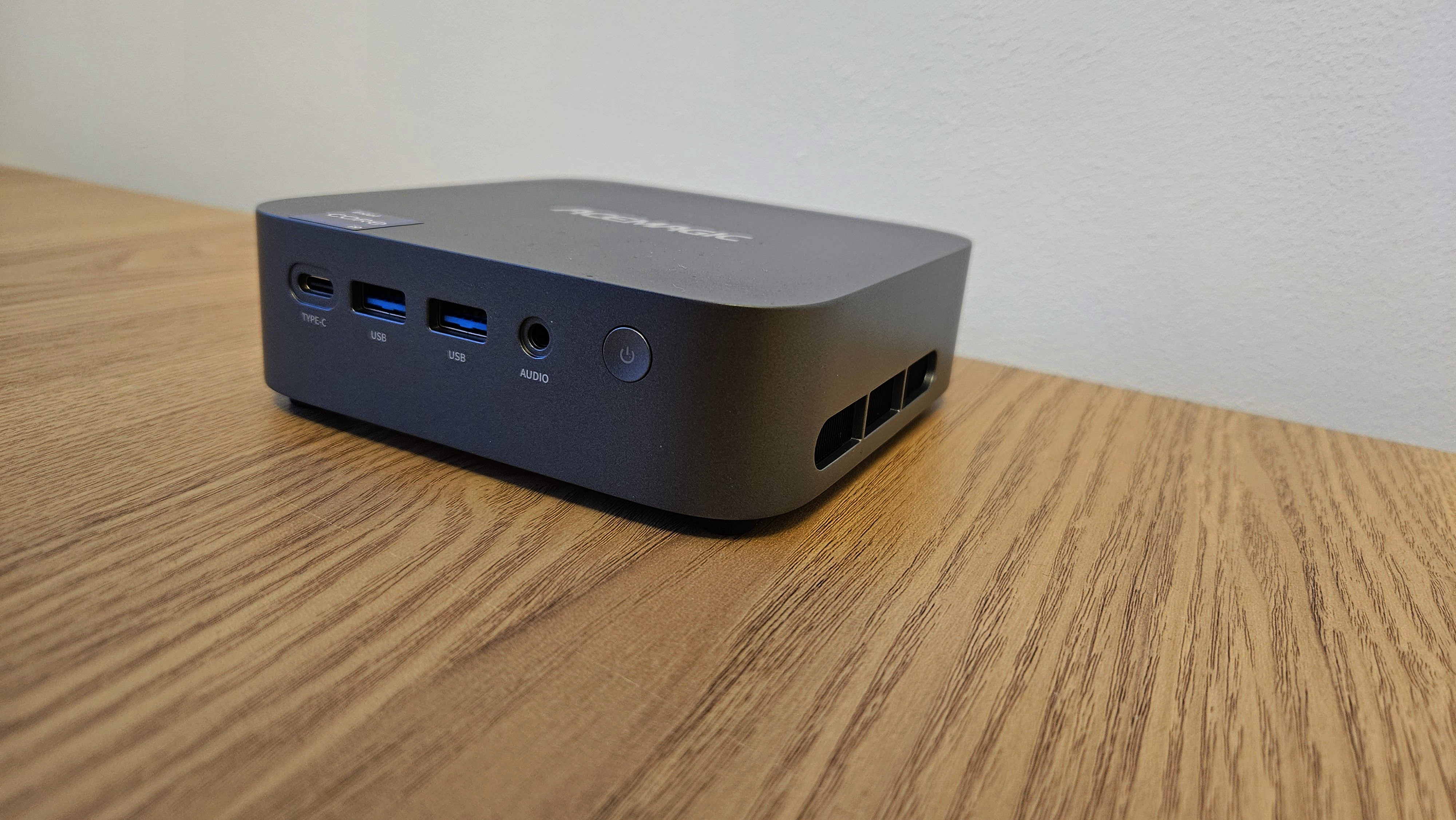 Acemagic Matrix Mini M1 Mini PC review
Acemagic Matrix Mini M1 Mini PC reviewReviews The Intel-powered Acemagic is a smart-looking machine with plenty of connectivity options and a reasonable price
-
 Google CEO Sundar Pichai says vibe coding has made software development ‘exciting again’
Google CEO Sundar Pichai says vibe coding has made software development ‘exciting again’News Google CEO Sundar Pichai claims software development has become “exciting again” since the rise of vibe coding, but some devs are still on the fence about using AI to code.
-
 AI Infrastructure for Business Impact: Enabling Agentic Intelligence with Scalable Compute
AI Infrastructure for Business Impact: Enabling Agentic Intelligence with Scalable Computewhitepaper
-
 From the desktop to the datacenter: what does success look like in the AI era?
From the desktop to the datacenter: what does success look like in the AI era?Supported Success in the AI era requires a holistic hardware strategy, from empowering employees with the new generation of AI PCs to building a powerful, AI-ready datacenter
-
 The role of enterprise AI in modern business
The role of enterprise AI in modern businessSupported Artificial intelligence is no longer the stuff of science fiction; it's a powerful tool that is reshaping the business landscape
-
 Evaluating the Future of the AI PC
Evaluating the Future of the AI PCwhitepaper
-
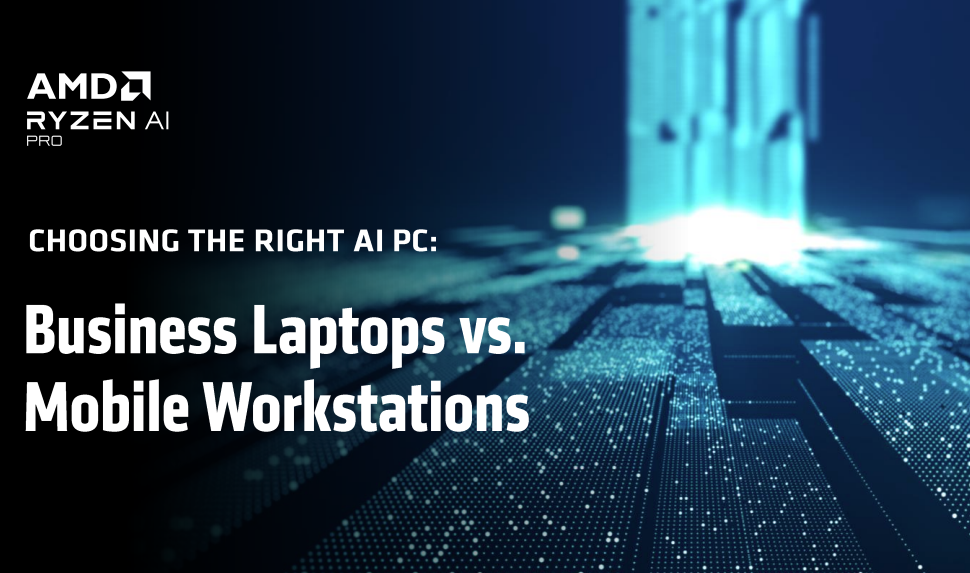 Business Laptops vs. Mobile Workstations
Business Laptops vs. Mobile Workstationswhitepaper
-
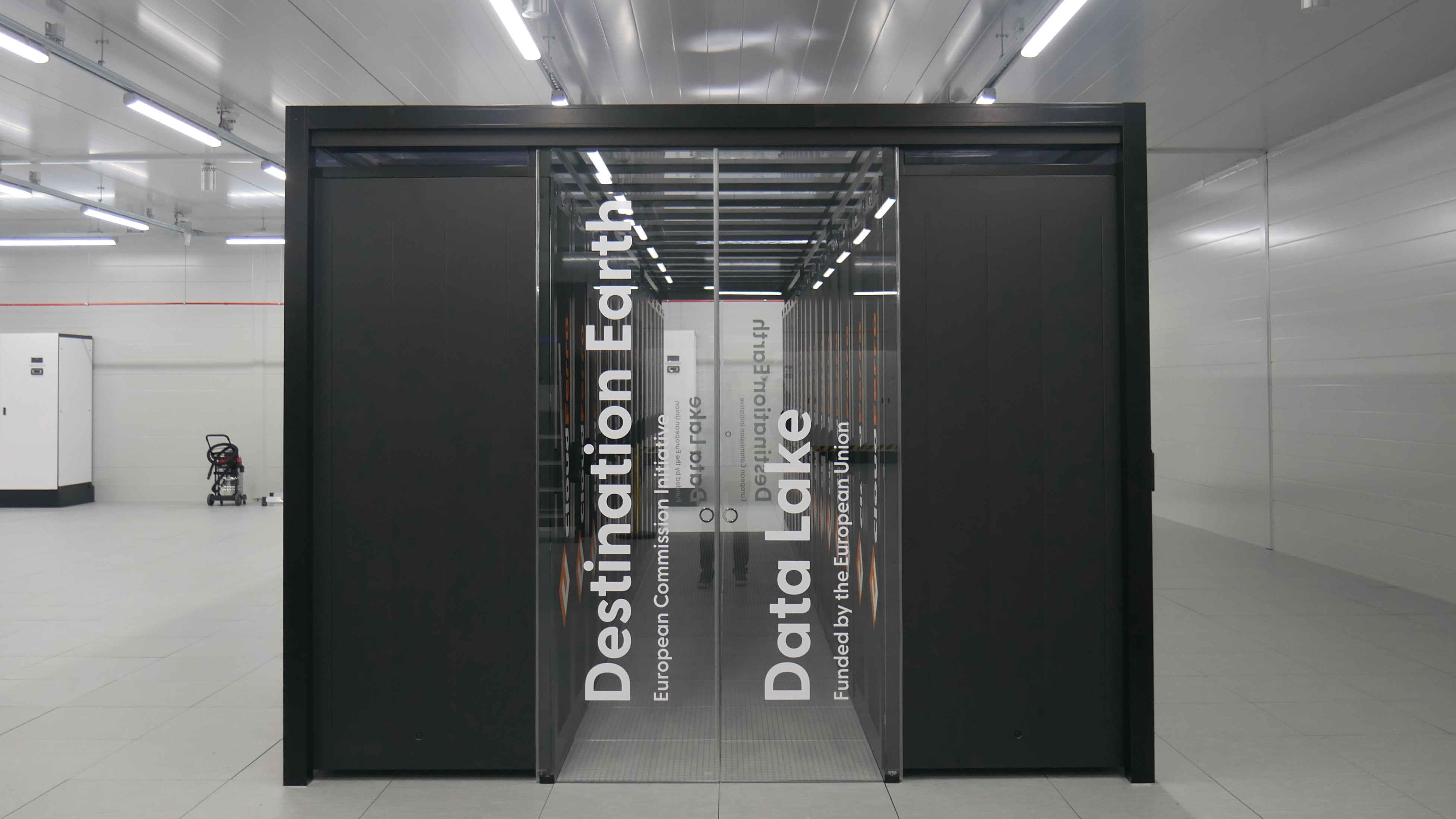 Destination Earth: The digital twin helping to predict – and prevent – climate change
Destination Earth: The digital twin helping to predict – and prevent – climate changeSupported How the European Commission is hoping to fight back against climate change with a perfect digital twin of our planet, powered by Finland's monstrous LUMI supercomputer
-
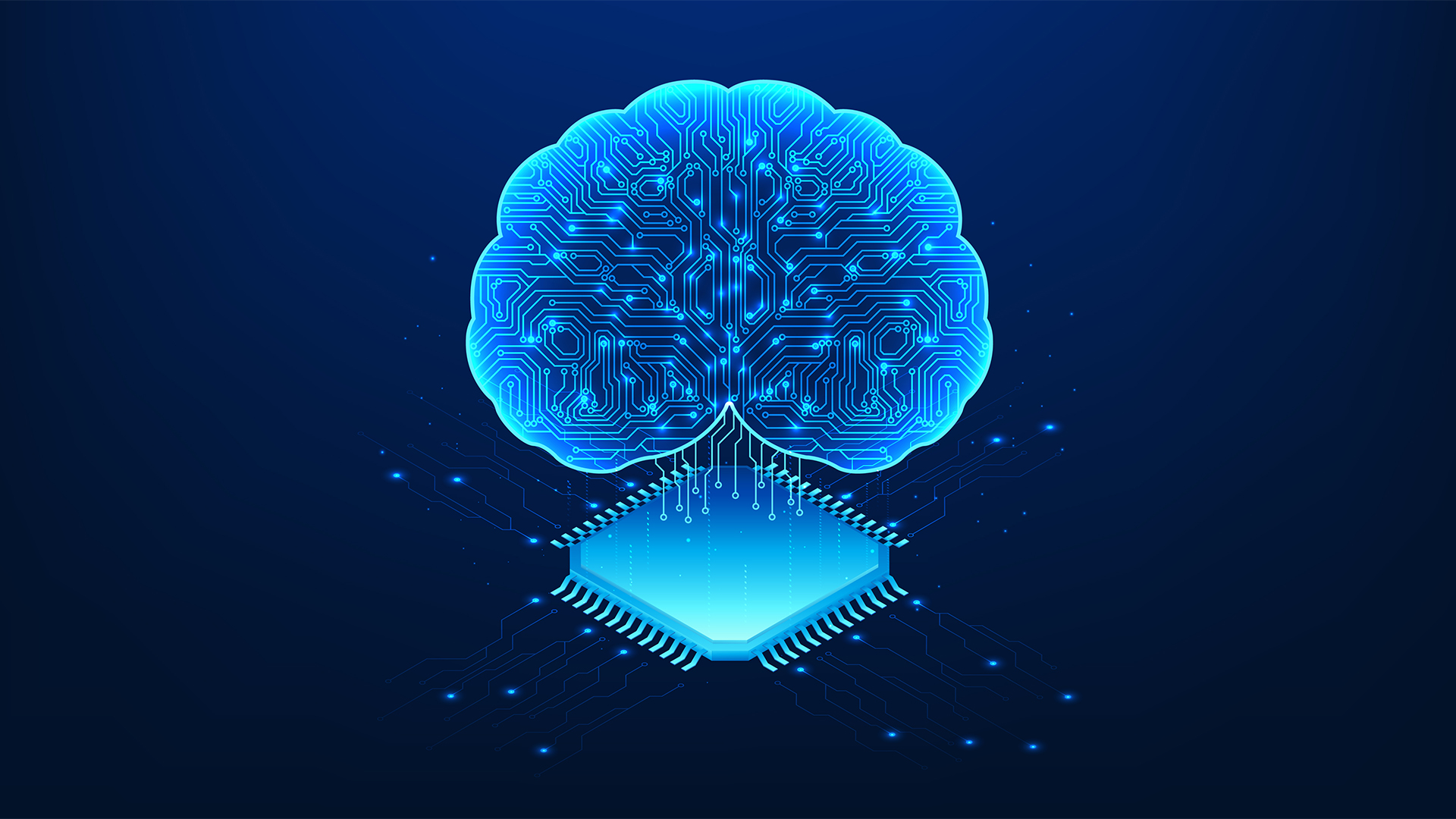 Are Copilot+ PCs finally ready for the enterprise?
Are Copilot+ PCs finally ready for the enterprise?Supported The next generation of AI PCs has high-performance NPUs and generative AI features – but are they right for your business?
-
 Open source: Why open ecosystems matter
Open source: Why open ecosystems matterSupported Driving success with AI will require an industry-wide collaborative approach spanning the software and hardware domains

